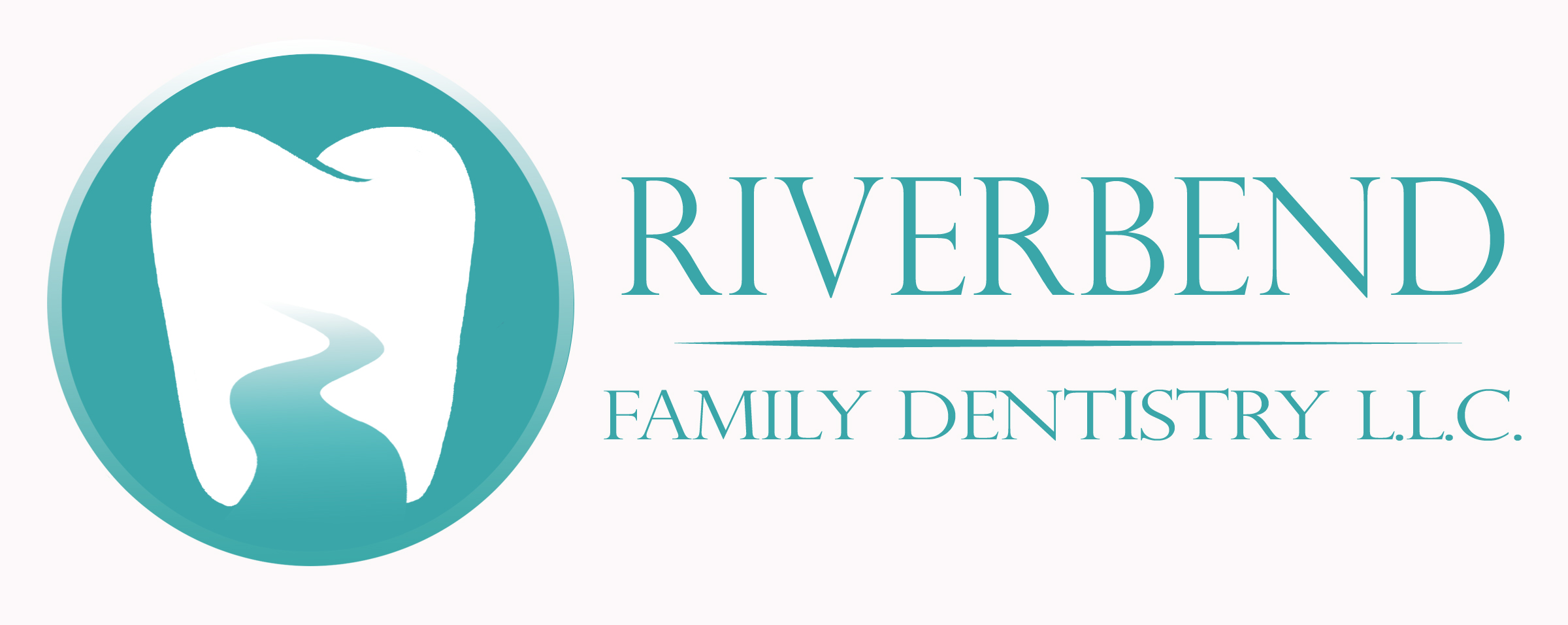Dentures
What To Expect
Every mouth is different, whether there are 32 teeth or no teeth at all. At Riverbend Family Dentistry, dentures are no different. On your first visit to receive dentures, you will receive an evaluation so that you can know what to expect from your denture.
Depending on your current bone and jaw structure, you may expect an excellent outcome and may never need to use denture adhesive. However, this is rarely the case.
In most mouths without teeth over long periods of time, the bone re-contours and recedes making it sometimes difficult for a denture to stay in without denture adhesive. This is very important to understand prior to receiving your denture.
How long before I receive my denture?
In order to accurately capture your tissues for the fabrication of your denture, five appointments will typically be required. The appointments are as follows:
- Evaluation – Discussion on what to expect from your denture, treatment options, initial diagnostic impressions
- Border Molding, Final Impression – The custom trays from your study models will be molded and used to take final impressions for the final denture.
- Wax rim try-in, tooth selection – A pink “Wax rim” will be fabricated from your final model and tried in to assess smile line, tooth length, and bite registration. The teeth shape and shade will also be selected at this appointment.
- Tooth try-in – With the teeth set in wax, this appointment will be used as a “final adjustment” step. Teeth shape and shade can no longer be adjusted after this appointment. This appointment is to ensure you are happy with what you see and feel!
- Denture delivery – Denture try-in, minor adjustments.
I have my denture, what now?
If this is your first denture, you and your tongue will go through an adjustment period learning how to speak and chew your food properly again. Follow-up visits to the office ARE EXPECTED and a normal part of the adjustment period.
It may take several days and possibly weeks to get used to your new denture. This is to be expected! Eventually, your tongue will accommodate the new denture, and you will not notice it is there. Happy eating!
Partials
You may be recommended a removable partial for one or more missing teeth. As all teeth are important for looks and function, a partial can provide a substantial improvement in quality of life.
How long before I receive my partial?
Similar to the fabrication of a denture, a partial may take several appointments to fabricate. Depending on complexity of the partial, it may take as few as three or as many as five appointments to receive your new partial. The appointments typically are as follows:
- Evaluation – Treatment option discussion, initial diagnostic impressions
- If your dentist has an idea in mind for how the partial may be made, the next step may be performed at the first visit as well.
- Teeth preparations and final impression – Unlike a standard denture, a partial is retained in the mouth by the undercuts and grooves in the teeth. Preparations are typically placed in enamel using a dental hand piece to help with the retention of the partial.
- Tooth try-in – If you are receiving a cast metal partial, a metal framework with teeth set in wax will be tried in at this appointment. Your bite and final teeth position will be adjusted as well. If you are receiving an acrylic partial, your delivery will be at this appointment.
- Partial denture delivery – Your cast metal partial will be delivered and you will be instructed on maintenance and upkeep
Just like dentures, partials consist of a learning curve and may require the tightening and loosening of clasps. THIS IS EXPECTED. You should not be discouraged if it requires two or three appointments to adjust a partial to its proper fitting. Eventually your partial will become second nature and you will be happier for it.
Denture and partial maintenance
Removable partial or full dentures require proper care to keep them clean, free from stains and looking their best. For good denture care:
- Remove and rinse dentures after eating. Run water over your dentures to remove food debris and other loose particles. You may want to place a towel on the counter or in the sink or put some water in the sink so the dentures won’t break if you drop them.
- Handle your dentures carefully. Be sure you don’t bend or damage the plastic or the clasps when cleaning.
- Clean your mouth after removing your dentures. Use a soft-bristled toothbrush on natural teeth and gauze or a soft toothbrush to clean your tongue, cheeks and roof of your mouth (palate). If used, remove any remaining denture adhesive from your gums.
- Brush your dentures at least daily. Remove and gently clean your dentures daily. Soak and brush them with a soft-bristled brush and nonabrasive denture cleanser to remove food, plaque and other deposits. If you use denture adhesive, clean the grooves that fit against your gums to remove any remaining adhesive. Don’t use denture cleansers inside your mouth.
- Soak dentures overnight. Most types of dentures need to stay moist to keep their shape. Place the dentures in water or a mild denture-soaking solution overnight. Check with your dentist about properly storing your dentures overnight. Follow the manufacturer’s instructions on cleaning and soaking solutions.
- Rinse dentures thoroughly before putting them back in your mouth, especially if using a denture-soaking solution. These solutions can contain harmful chemicals that cause vomiting, pain or burns if swallowed.
If you are in the Gadsden AL area and are looking for a dentist for your new removable denture or partial, don’t hesitate to give us a call today! We will happy to help you. 256-547-5471
